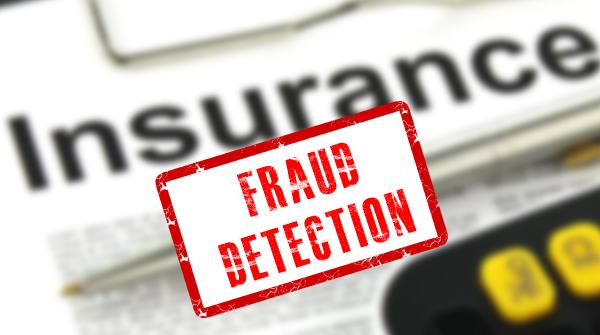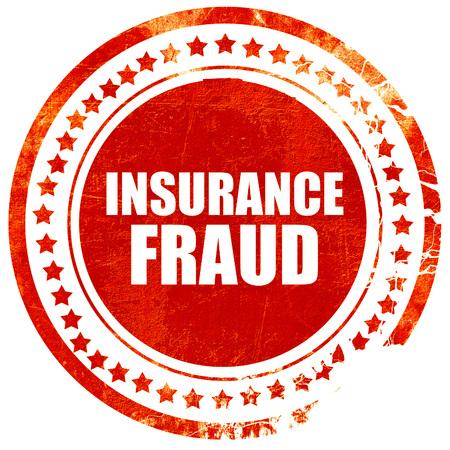Insurance claim fraud is a pervasive issue that can have significant financial repercussions for individuals, businesses, and the broader economy. Whether you’re an insurer, a policyholder, or a third-party observer, the suspicion of fraudulent activity demands immediate and decisive action. Understanding the nuances of identifying and addressing potential fraud is crucial to safeguarding your interests and ensuring the integrity of the claims process. This article provides a comprehensive guide on the steps to take if you suspect insurance claim fraud, offering expert insights into detection strategies, legal considerations, and effective reporting procedures. Equip yourself with the knowledge to act swiftly and decisively, protecting both your assets and the insurance system from exploitation.
Recognizing the Red Flags of Insurance Claim Fraud
In the intricate world of insurance, being vigilant about potential fraudulent activities is crucial. Identifying the warning signs early can save time, resources, and unnecessary legal complications. Red flags that might indicate insurance claim fraud include:
- Inconsistent Details: If the information provided by the claimant changes frequently or doesn’t align with known facts, it warrants a closer look.
- Unusual Claim Patterns: A sudden increase in claims from a particular individual or entity can suggest fraudulent behavior.
- Pressure Tactics: Claimants who apply undue pressure for quick settlements may be trying to bypass thorough investigations.
Recognizing these signs is the first step towards addressing potential fraud. By remaining observant and questioning inconsistencies, you can protect your business and ensure that genuine claims are honored.
Effective Steps to Investigate Suspicious Claims
To thoroughly scrutinize a claim that raises red flags, begin by gathering all relevant documentation. This includes policy details, claim forms, and any previous claims by the same policyholder. Once you have these, conduct an in-depth review to identify inconsistencies or anomalies. If the claim involves physical damage or loss, obtain photographic evidence and, if possible, compare it with previous records. Engage with any witnesses and acquire their statements to corroborate the policyholder’s account.
Next, leverage technology by utilizing data analytics tools to detect patterns that may indicate fraudulent behavior. Collaborate with other insurance companies and industry databases to uncover any history of dubious claims. Ensure you interview the claimant with a focus on obtaining detailed explanations about the claim circumstances. Throughout this process, maintain a detailed log of all findings and interactions, as these will be crucial if legal proceedings become necessary. Remember, thoroughness and attention to detail are your greatest allies in uncovering fraud.

Collaborating with Authorities and Insurance Experts
In situations where insurance claim fraud is suspected, it is crucial to work closely with both local authorities and insurance experts to ensure a comprehensive investigation. Collaboration with authorities is key, as they possess the legal powers and resources to delve deeper into the case, potentially uncovering criminal activities that could go beyond the insurance claim itself. This partnership not only lends credibility to the investigation but also helps in gathering evidence that can stand up in court, if necessary.
- Consult insurance fraud investigators: These professionals specialize in identifying fraudulent activities and can provide insights into unusual patterns or discrepancies in claims.
- Leverage technology: Tools such as data analytics and AI can be employed to detect anomalies in claims, which might indicate fraud.
- Engage legal counsel: A legal team can help navigate the complexities of insurance law, ensuring that all actions taken are within legal boundaries.
By working in tandem with these experts, the likelihood of successfully identifying and prosecuting fraudulent claims increases significantly, safeguarding the integrity of the insurance system.

Preventative Measures to Safeguard Against Future Fraud
To fortify yourself against future incidents of insurance claim fraud, implementing a set of proactive strategies is essential. Regularly review your insurance policies to ensure all details are accurate and up-to-date, as discrepancies can often be exploited by fraudsters. Additionally, make use of secure communication channels when sharing sensitive information with your insurance provider.
Consider the following preventative measures to strengthen your defense against potential fraud attempts:
- Educate Yourself and Your Team: Stay informed about common fraud tactics and red flags. Regular training sessions can help in identifying suspicious activities early.
- Implement Robust Verification Processes: Require comprehensive documentation for claims and employ identity verification tools to confirm the authenticity of claimants.
- Leverage Technology: Use fraud detection software that analyzes patterns and flags anomalies, enhancing your ability to detect and prevent fraudulent claims.
- Foster a Culture of Transparency: Encourage open communication and whistleblowing to ensure that any suspicion of fraud is promptly reported and investigated.
By integrating these strategies into your routine practices, you can significantly reduce the risk of falling victim to insurance claim fraud in the future.

